
Start up
Passion. Potential. Pitches. Don't miss any of the 2025 New Venture Challenge excitement.
Tune in Friday, April 11 at 1 p.m. for great ideas and fierce competition. Then, join the judges, mentors, spectators and teams as they see who is going home with thousands of dollars in venture financing. The awards broadcast begins at 6:30 p.m. and one team will walk away as the overall best venture.
Central Michigan University’s College of Business Administration is the home of the Isabella Bank Institute for Entrepreneurship and the first Department of Entrepreneurship in the state of Michigan. We are a student-centric hub where experiential, curricular, and external entrepreneurial opportunities intersect.
Our mission is to maximize student success by fostering a campus-wide entrepreneurial mindset that promotes inter-disciplinary collaboration and the creation of new ventures.
We aim to create innovative programming, boost cross-campus and ecosystem collaboration and provide a comprehensive mentoring program.
Our institute provides extracurricular opportunities and is open to all undergraduate and graduate CMU students.
Are you interested in becoming an entrepreneur?
Every journey is unique. Explore the opportunities that interest you.
Before a standing-room-only crowd in Park Library, Central Michigan University earth and atmospheric sciences faculty member Mona Sirbescu welcomed a visiting guest of honor.
"Thank you so much for traveling all over from the asteroid belt to be with us on Planet Earth," she said with a smile to the Edmore meteorite, the former doorstop she famously identified in 2018 as a rock from outer space.
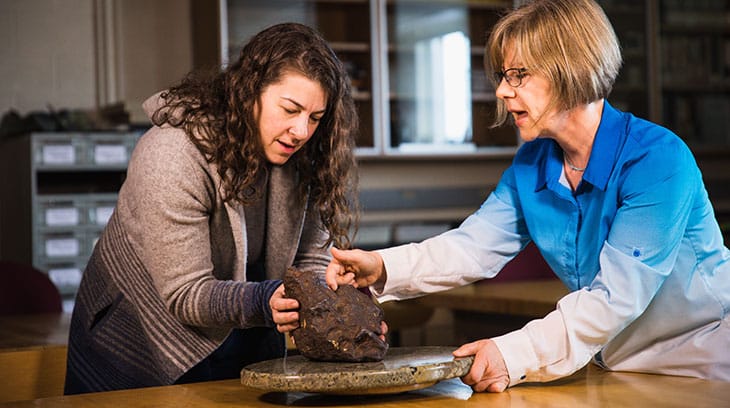
The 22-pound chunk of iron and nickel rested on a cart in front of her on the Opperman Auditorium stage. It shared top billing with the event's flesh-and-blood star: geologist Catherine Corrigan, curator of Antarctic meteorites at the Smithsonian National Museum of Natural History.
A Michigan native and onetime CMU instructor, Corrigan helped authenticate and analyze the Edmore meteorite in Washington, D.C., after Sirbescu sent her a slice of the rock. Her visit Thursday was her first chance to see the entire meteorite in person.
Corrigan spoke to the crowd of nearly 150 about the Edmore and how meteorites offer clues to the formation of the solar system. She also shared her experiences collecting hundreds of samples near the South Pole through the Antarctic Search for Meteorites program.
In the audience was Edmore meteorite owner David Mazurek from Grand Rapids, Michigan. He brought the rock to Sirbescu for analysis last year and was awestruck to find it could be worth tens of thousands of dollars to a museum or collectors.
Meteorites are rocks from space that make it to Earth's surface. There are many types.
The Edmore, classified as a IIIAB iron meteorite, is a 4.5 billion-year-old relic from the once-molten core of an unknown asteroid between the orbits of Mars and Jupiter, Corrigan said.
At some point, the destruction of that asteroid launched the Edmore on the trajectory that brought it eventually to Earth, where probably half of its mass burned up as it screamed through the atmosphere one night in the 1930s.
A farmer and his son dug the still-warm rock out of its impact crater near Edmore, Michigan, and passed it to its current owner when the farm changed hands in the 1980s.
The rock is comparable to the composition of the Earth's core in some ways, Corrigan said, which makes it valuable to science "because we're never going to be able to get a piece of that."
But it also bears features found in no rocks formed on Earth: As it cooled in deep space by about a degree and a half every million years or so, the metal crystallized in a distinctive geometric pattern that can be seen in cross section.
The Antarctic project has collected 23,000 meteorites in 42 seasons of searching, but in Michigan the Edmore meteorite is one of only 12 ever found.
Even so, Corrigan told her audience, every now and then they show up in surprising ways.
"They might be holding open your barn door," she said. "They might come crashing through your roof.
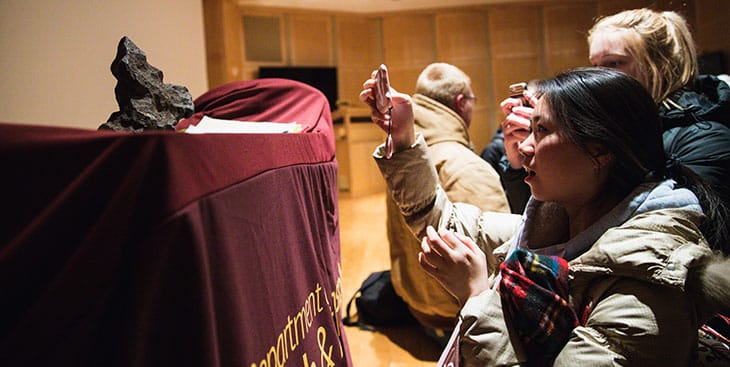

Explore special opportunities to learn new skills and travel the world.
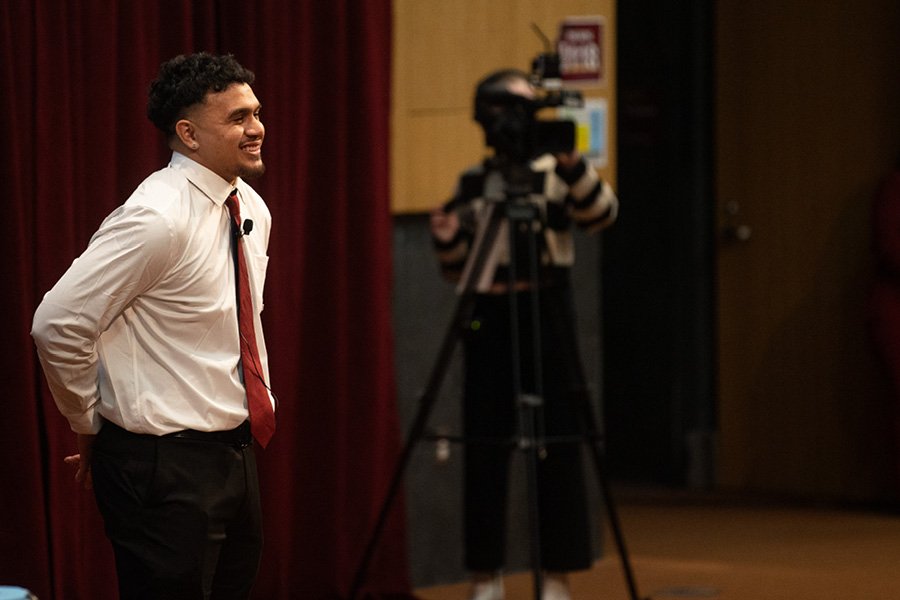
Present your venture and win BIG at the New Venture Challenge.
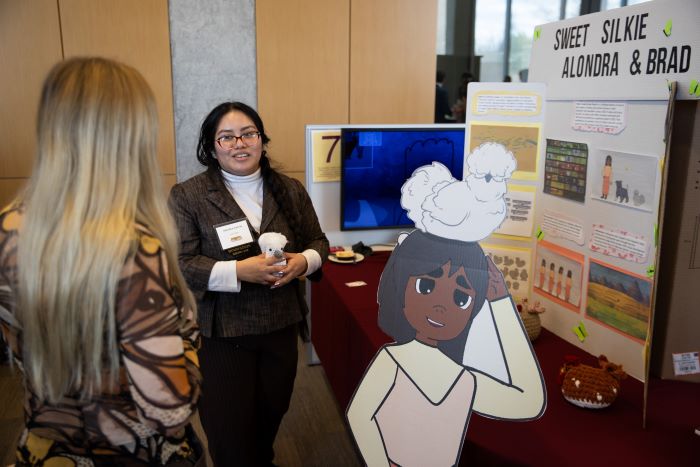
Boost your entrepreneurial skills through our workshops, mentor meetups and pitch competitions.

Learn about the entrepreneurship makerspace on campus in Grawn Hall.

Present a 2-minute pitch at the Make-A-Pitch Competition and you could win prizes and bragging rights!
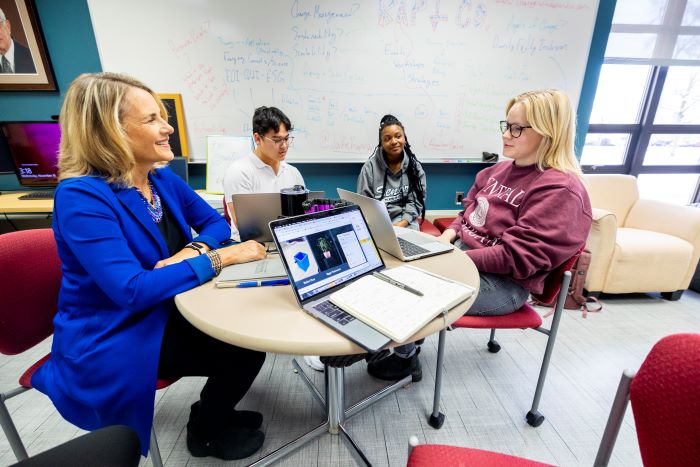
Connect with mentors and faculty who are here to support the next generation of CMU entrepreneurs.
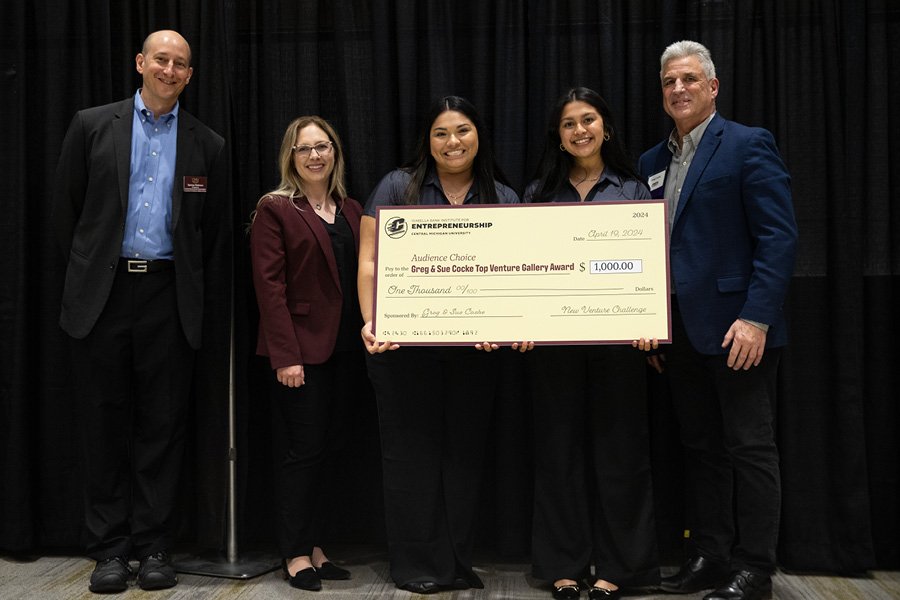
Are you a CMU alum looking to support CMU student entrepreneurs? Learn how you can support or donate to the Entrepreneurship Institute.